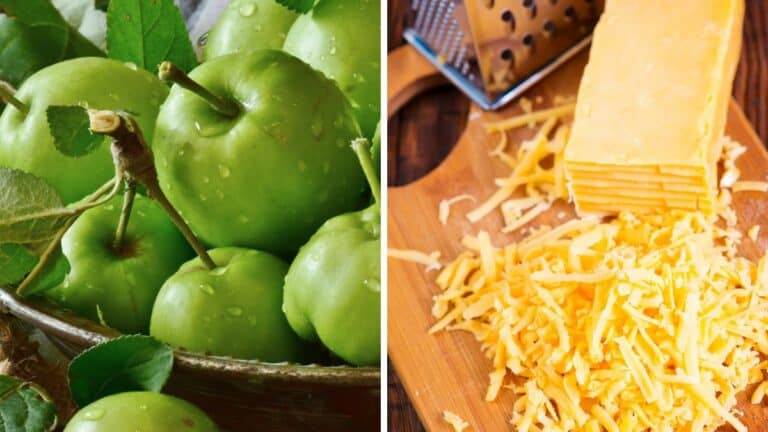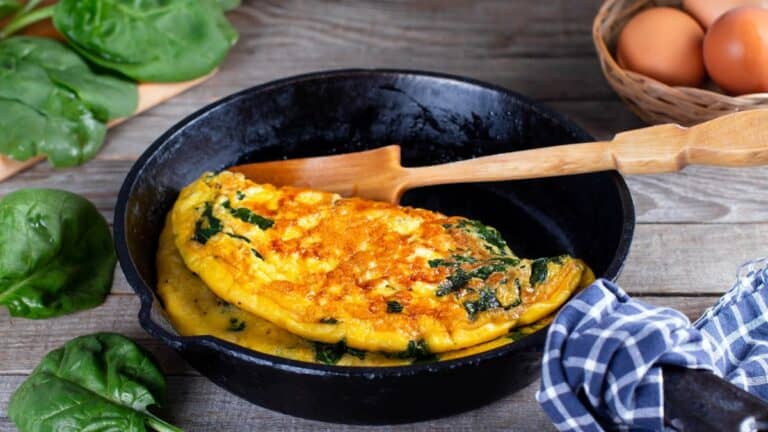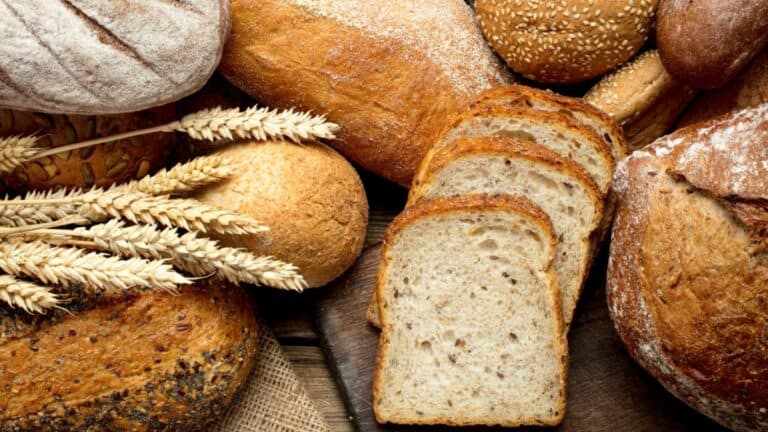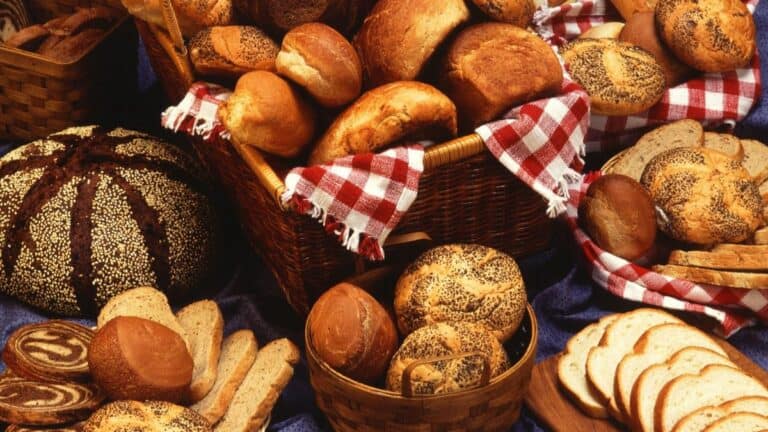10 Sourdough Myths Debunked
Sourdough has gained quite a following, but with its popularity comes a lot of misinformation. Whether you’re new to sourdough or a seasoned baker, it’s easy to fall for some of the myths surrounding this ancient bread-making tradition. Here are ten common sourdough myths debunked.
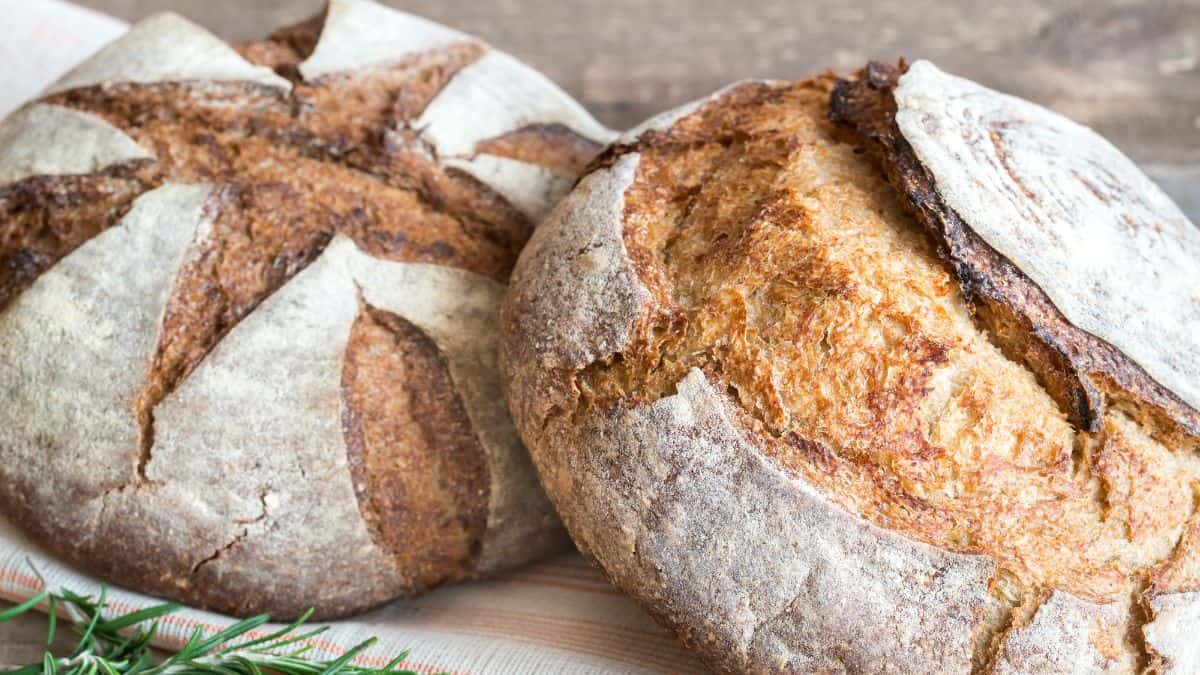
Sourdough Is Just a Trend
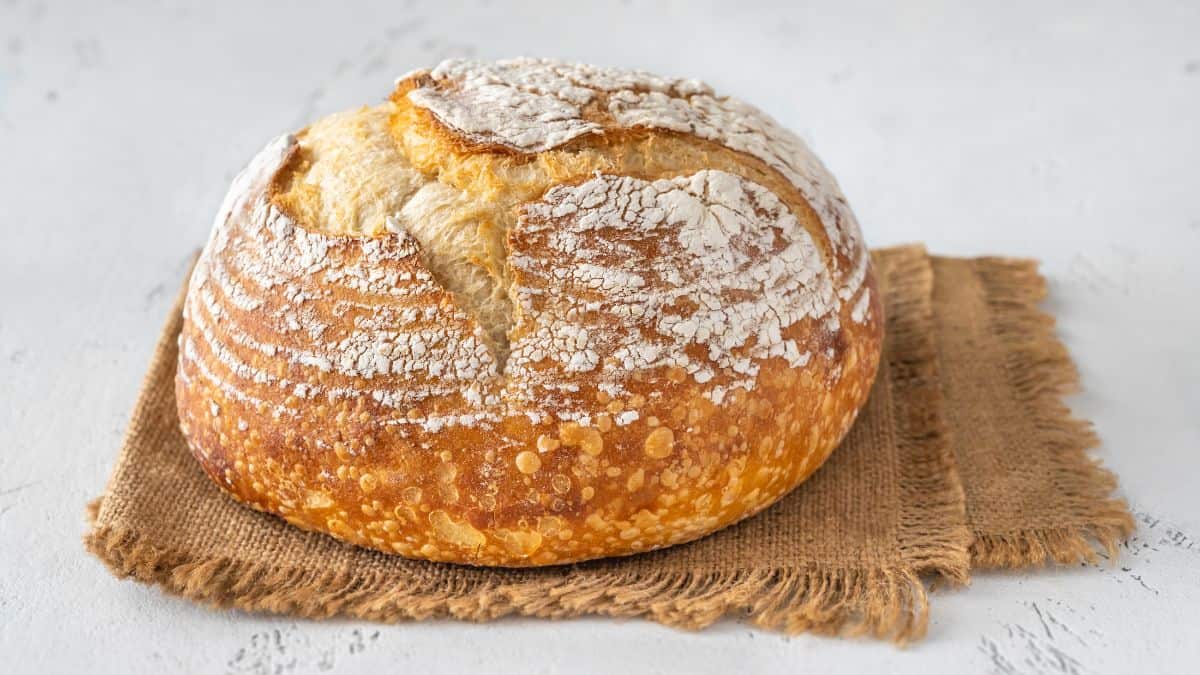
Sourdough has been around for thousands of years and is far from just a passing trend. While it has seen a resurgence in popularity recently, it has a long and rich history. The principles of sourdough fermentation are timeless, and its appeal goes beyond just being fashionable.
Sourdough Is Always Sour
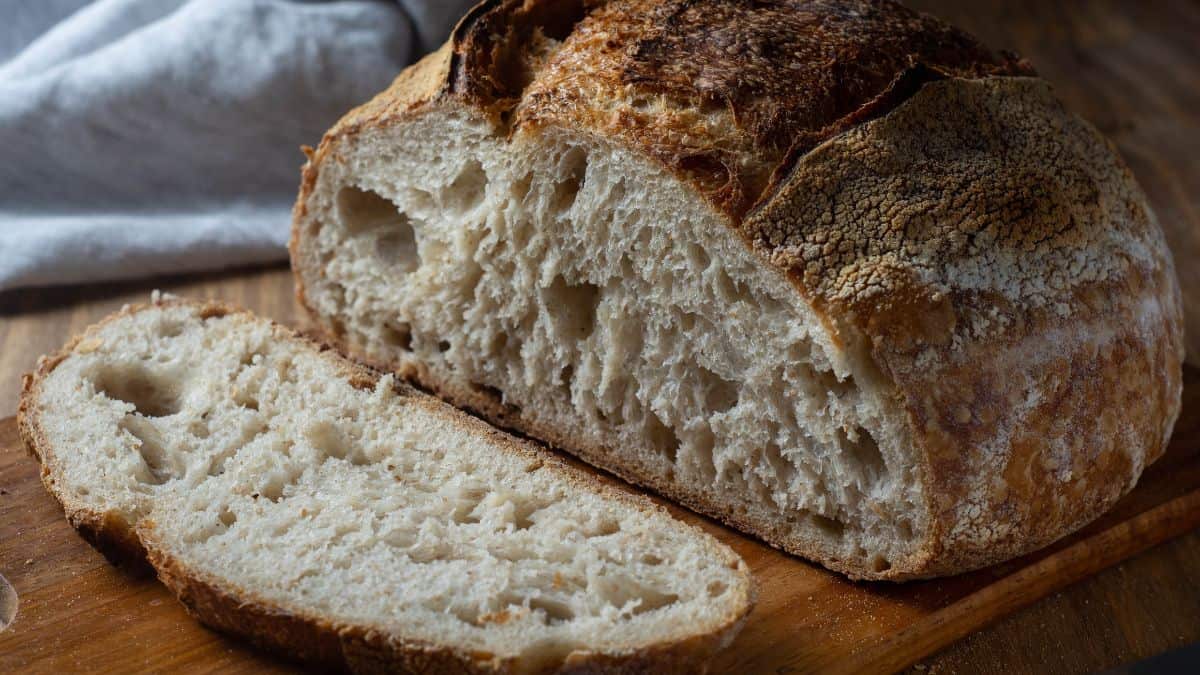
One of the biggest misconceptions is that sourdough bread has to be sour. While some sourdoughs have a tangy flavor, the taste largely depends on the fermentation time, temperature, and the specific strains of bacteria in your starter. Many sourdough loaves are mild and have a complex flavor profile without being overly sour.
Sourdough Requires Expensive Ingredients
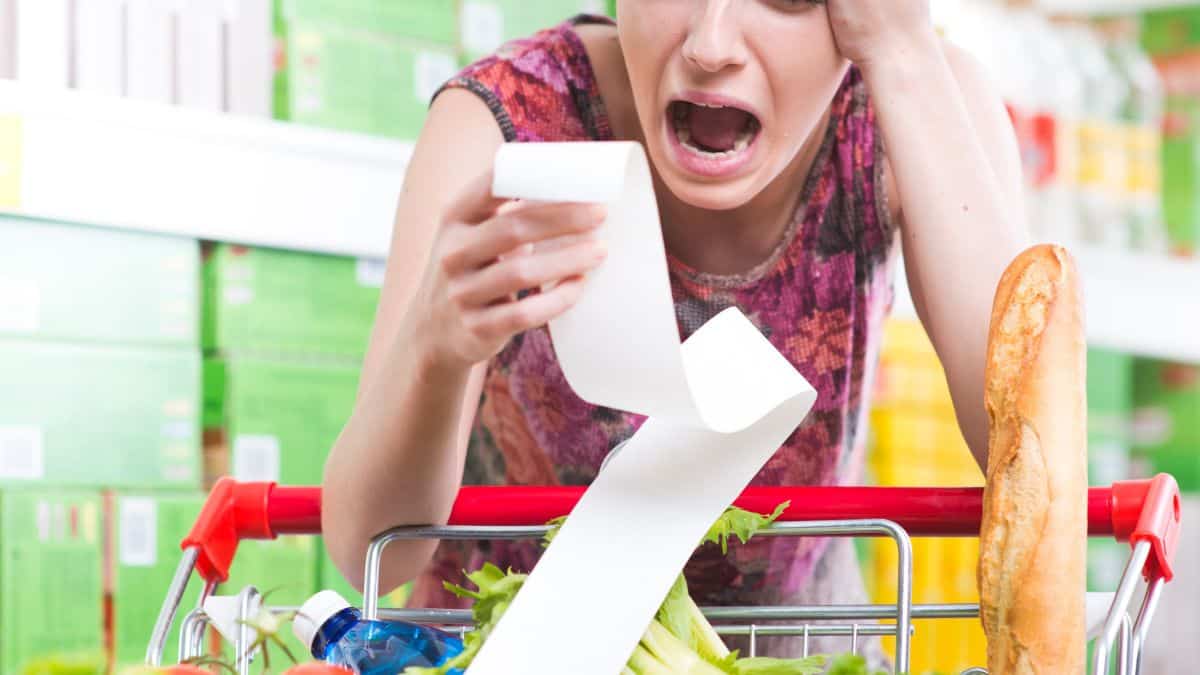
It’s a common belief that you need to splurge on specialty flours or ingredients to make good sourdough. While high-quality ingredients can enhance the flavor, excellent sourdough can be made with basic, affordable ingredients like bread flour and water. The key is in the technique, not the price of your ingredients.
You Need to Be an Expert to Make Sourdough

Sourdough baking can seem intimidating, but you don’t need to be an expert to start. With some basic knowledge and practice, anyone can bake delicious sourdough at home. The process may take a bit of trial and error, but you’ll learn and improve with each bake.
A Sourdough Starter Is High Maintenance
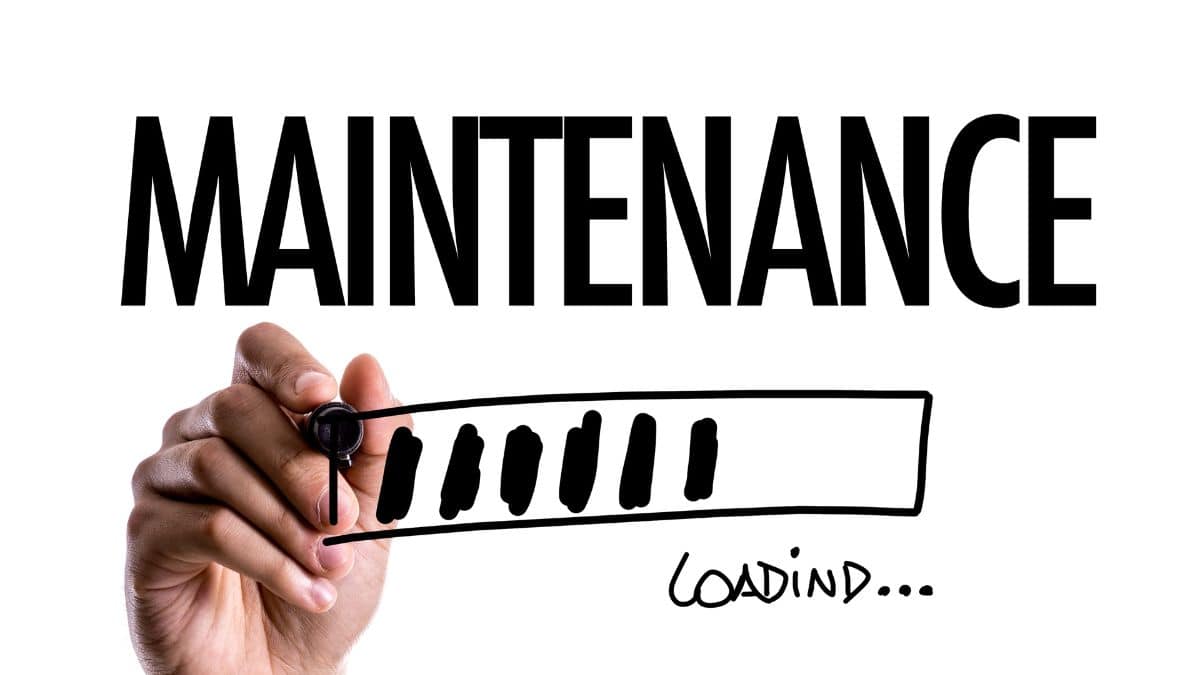
While maintaining a sourdough starter does require some attention, it’s not as time-consuming as some might think. Feeding your starter can be as simple as once a week if stored in the fridge. It’s more forgiving than it seems and can often be revived even after some neglect.
Sourdough Doesn’t Need Kneading
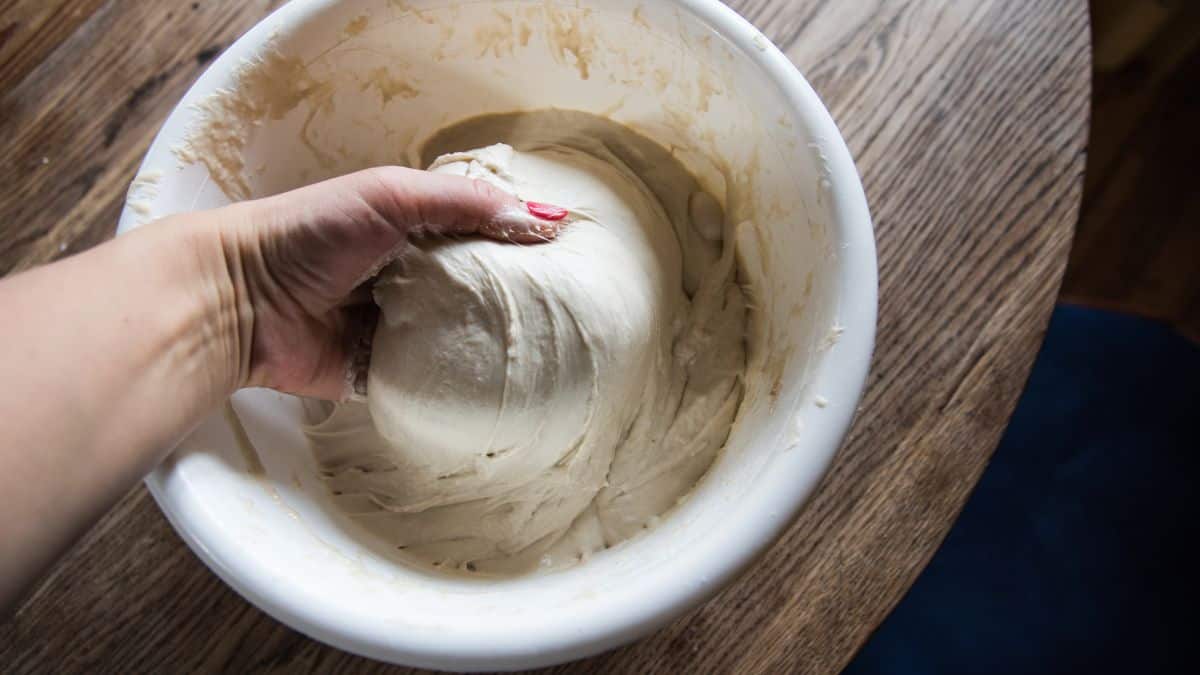
While no-knead sourdough recipes are popular, not all sourdough recipes are knead-free. Some traditional sourdough methods involve kneading to develop gluten, which gives the bread its structure. However, the stretch-and-fold technique is a common alternative to kneading, and it works just as well.
You Must Use Fancy Equipment
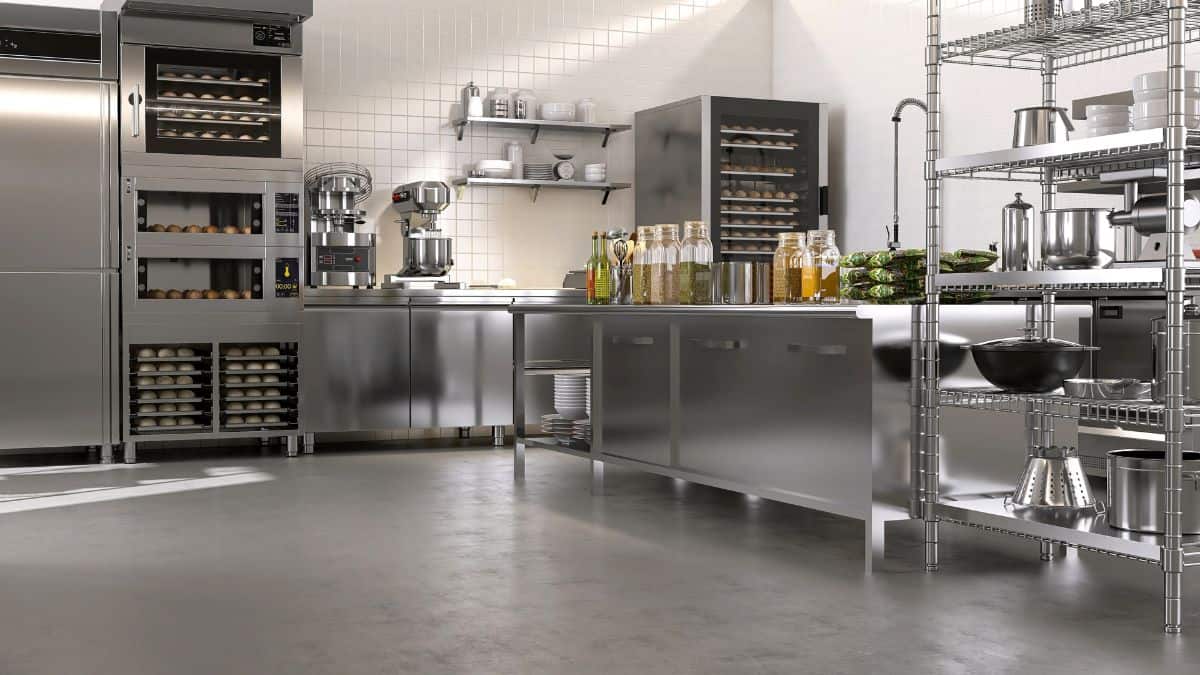
Some sourdough enthusiasts often share pictures of specialized tools, but you don’t need fancy equipment to make great sourdough. A mixing bowl, spoon, and a hot oven are the essentials. Many bakers achieve excellent results with basic kitchen tools, and you can always upgrade as you go.
You Can’t Make Sourdough with Whole Wheat Flour
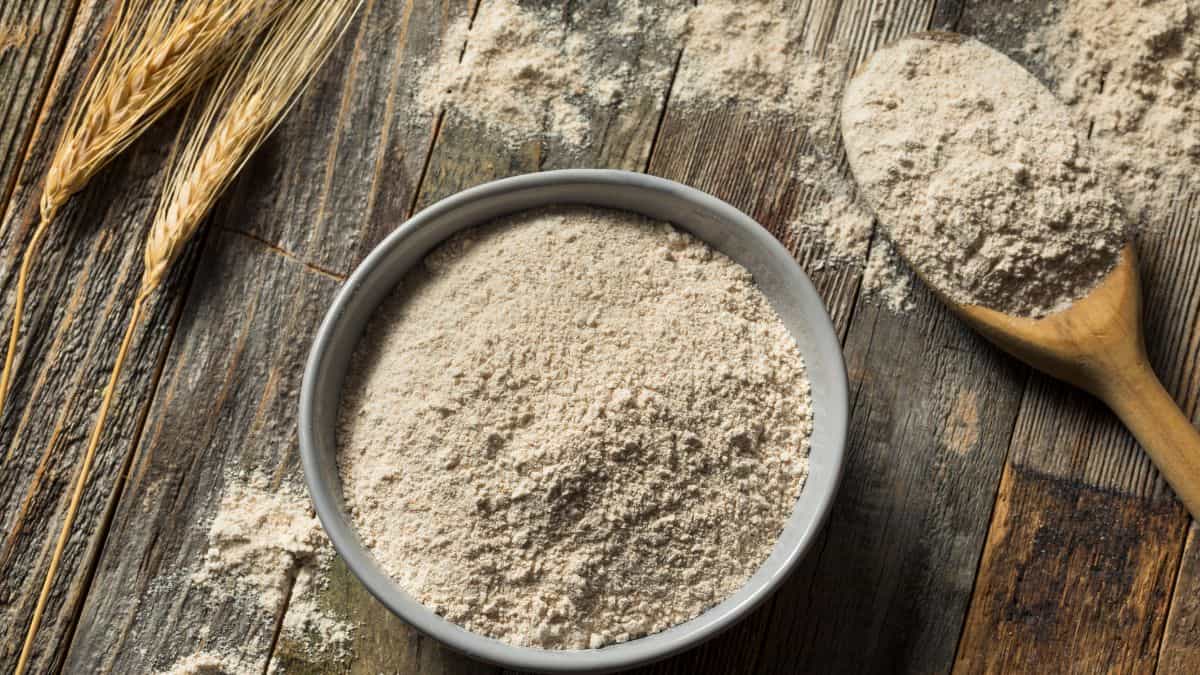
Many people believe sourdough requires white flour, but whole wheat sourdough is entirely possible. In fact, whole wheat can add a richer flavor to your loaf. You may need to adjust hydration levels, as whole wheat flour absorbs more water, but it’s a great option for sourdough baking.
Sourdough Needs to be Made with a Traditional Starter
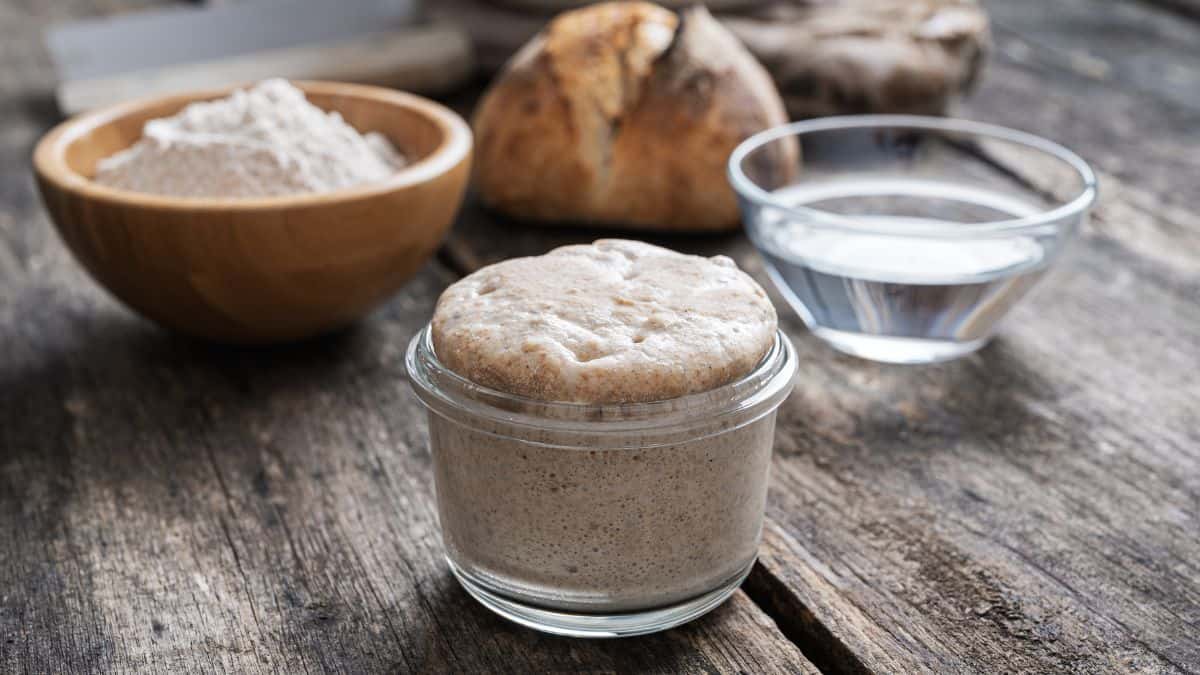
There’s a belief that you must use a classic sourdough starter passed down through generations to make authentic sourdough bread. In reality, you can create a new starter at home with just flour and water, and it will be just as capable of producing delicious sourdough bread.
Sourdough Is Only for Bread
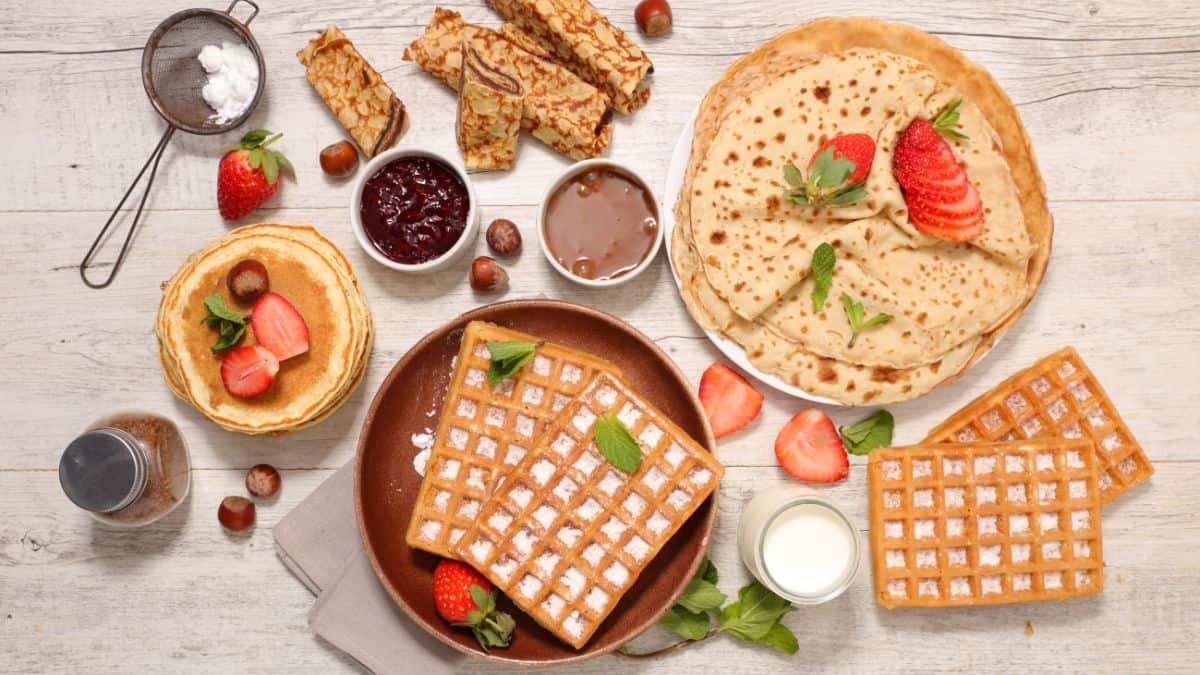
While sourdough is most commonly associated with bread, its uses go far beyond that. Sourdough discard can be used in pancakes, waffles, crackers, muffins, and more. The versatility of sourdough means you can incorporate it into a variety of baked goods, reducing waste and adding flavor.

